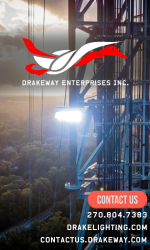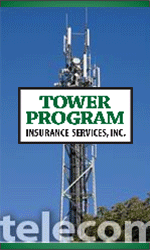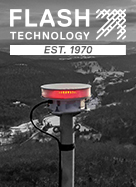
DENIAL PREDICTED, APPROVAL DELIVERED – Greenfield, MA residents were told they had an 80% chance of stopping AT&T’s tower due to faulty coverage maps. But after multiple expert-filled meetings, the Zoning Board of Appeals gave Viridi Wireless the green light for its 170-foot structure.
After months of heated debate, the Greenfield, MA Zoning Board of Appeals (ZBA) has approved the construction of a 170-foot cell tower by Viridi Wireless on Fairview Street, acting on behalf of AT&T. The decision follows a prolonged review process involving multiple hearings, technical disputes, and community opposition.
The approval grants two key requests from the applicant:
- A variance for the tower’s fall zone — typically required to be a distance equal to the structure’s height — was granted due to the tower’s engineered “break point,” which ensures it would collapse within the parcel boundaries if damaged.
- A special permit for the height of the monopole — exceeding standard zoning limits — was also unanimously approved. The ZBA determined that reducing the tower’s height would significantly compromise its coverage, potentially necessitating more towers in the future.
The decision came despite a robust effort by residents who hired attorney Andrew Campanelli, a nationally recognized expert in telecommunications law. Campanelli initially estimated an 80% chance of defeating the application, citing the absence of drive test data and calling AT&T’s coverage maps “misinformation.” He argued that theoretical models without empirical data were insufficient to justify the site under federal law.
Opponents raised concerns about health risks, aesthetics, and proximity to homes and schools, while questioning the necessity of the tower given alternative sites. The Hampton Inn on Shelburne Road, for instance, was cited as a potentially superior location by ZBA members, but was dismissed by AT&T as unsuitable due to site constraints.
Viridi and AT&T countered with technical documentation and repeated testimony supporting the necessity of the site to fill a coverage gap along I-91 and provide FirstNet capabilities for emergency responders. Their engineers stated that a shorter structure would reduce coverage effectiveness by 13% at 146 feet and 28% at 126 feet.
During final deliberations, ZBA Chair David Singer led a review of city ordinances, as well as relevant state and federal regulations, ultimately concluding that the proposal satisfied all legal requirements. The Board also acknowledged that, although towers may add up to 10% in future height under federal guidelines, the applicant clarified that the structure was not designed to accommodate additional elevation.
The ZBA’s vote closes a contentious chapter in Greenfield’s ongoing debate over infrastructure versus community impact. While Campanelli’s prediction didn’t pan out, the extended proceedings and expert scrutiny appeared to elevate the standard of evidence reviewed by the Board.














